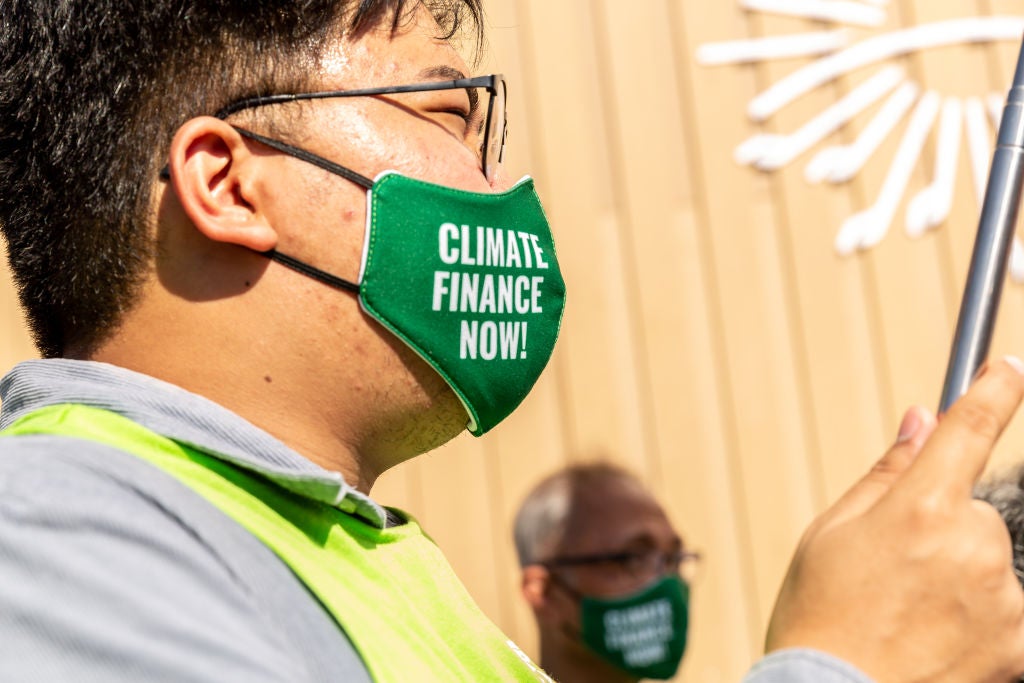For the last decade, the non-profit Climate Policy Initiative (CPI) has been tracking global climate finance flows by analysing all climate mitigation and adaptation investments mobilised both internationally and domestically. Its Global Landscape of Climate Finance: A Decade of Data report, released on 27 October, shows that public and private climate finance has almost doubled between 2011 and 2020, but there is still a long way to go to meet the Paris Agreement targets. According to the CPI, at least $4.3trn of annual finance flows is needed by 2030 to be on track to limit global warming to 1.5°C. In the past decade, the annual average finance flows were $480bn.

Renewable energy clearly dominates climate finance, according to the report. In 2020, more than half of all the money went to the energy sector, and of that $347bn, $346bn went to renewable energy generation. The share going to renewable energy in mitigation finance for the past decade is even higher at 70%.
However, adaptation is still underfunded compared with mitigation. While $589bn went to mitigation in 2020, just $56bn went to adaptation. To replicate the success of renewables, government and policy strategies are needed for other sectors, argues the CPI. That way costs would be lowered, and as a result, demand would rise.
“Public sector support was particularly crucial in scaling renewable energy investment by supporting and enabling technology cost reduction, as well as providing incentives such as time bound subsidy mechanisms as markets became self-sustaining,” writes the CPI.
Policy decisions drove cost reductions, with the cost of solar PV reduced by 80% between 2011 and 2020, and the cost of wind reduced by almost 45% in that same period.
In total, climate finance reached $665bn in 2020, according to the CPI data. The Rockefeller Foundation published a new report, What Gets Measured Gets Financed: Climate Finance Funding Flows and Opportunities, on 4 November, based on the CPI data (although it based its analysis on an earlier estimated 2020 figure). It found that in addition to the CPI’s climate finance estimate, there is an additional $680bn in financing that has a positive impact on climate but does not meet the UN Framework Convention on Climate Change's (UNFCCC) climate finance criteria.

US Tariffs are shifting - will you react or anticipate?
Don’t let policy changes catch you off guard. Stay proactive with real-time data and expert analysis.
By GlobalDataDespite the increase in financing, cost reductions and renewable energy providing higher investment returns than fossil fuels, continued public support for fossil fuels remains a barrier to achieving climate goals, according to the CPI. Between 2011 and 2020, fossil fuel subsidies in 51 major countries were 40% higher than the total global investments in climate finance.
The authors of the report fear that fossil fuel subsidies will only increase due to the energy crisis. Fossil fuel subsidies already doubled to $697bn in 2021, from $362bn in 2020. Research from the OECD and the International Energy Agency forecasts that subsidies for 2022 are to increase even further.
The CPI argues that they should be slashed instead, saying: “Immediate action to remove dependencies on fossil fuel, including subsidies, will free up resources for more sustainable investments, as well as improve consumer price stability and increase energy independence.”



